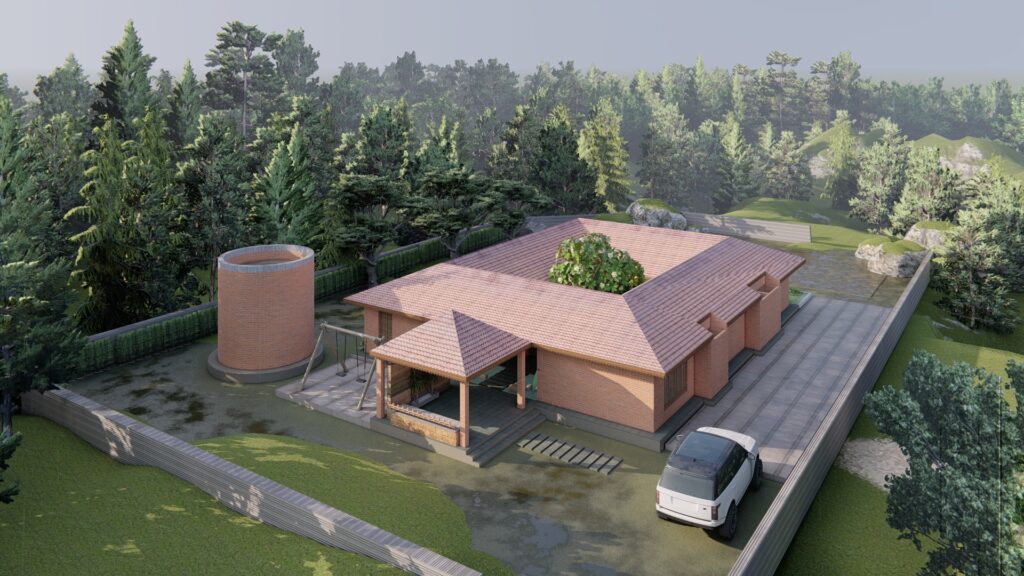
Incorporating eco-friendly design into your home involves making conscious choices that reduce your environmental impact while creating a healthy, sustainable living space.
Here are some tips on how to live a sustainable lifestyle through eco-friendly design:
1.Energy-efficient lighting: Use energy-efficient LED or CFL light bulbs.
2.Optimize natural light by arranging furniture to make the most of sunlight.
3.Install sensors or timers to automatically control lighting.
4.Energy-efficient appliances: Choose energy-efficient appliances (Energy Star certified).
5.Consider investing in smart home devices that allow you to monitor and control energy use.
6.Natural, sustainable materials: Use sustainable materials like bamboo, recycled wood or recycled metal for furniture and flooring.
7.Choose non-toxic, low-VOC (volatile organic compound) paints and finishes to improve indoor air quality.
8.Save water: Install low-flow faucets, showerheads, and toilets to reduce water consumption.
9.Consider collecting rainwater for outdoor use in the garden.
10.Thermal Comfort: Invest in proper insulation to regulate indoor temperatures and reduce energy consumption for heating and cooling.
11.Use insulating curtains or blinds to manage sunlight and reduce the need for air conditioning.
12.Minimize waste: Embrace the principles of reduce, reuse and recycle in your interior design.
13.Choose furniture and decorations made from recycled or reclaimed materials.
14.Houseplants: Incorporate houseplants to improve air quality and add a natural touch to your home.
15.Choose plants that require little care and require minimal watering.
16.Energy efficient windows: Install double or triple glazed windows with low-e coating to improve insulation.
17.Use window coverings to control heat gain or loss, depending on the season.
18.Sustainable Textiles: Choose organic cotton, hemp or bamboo for bedding, curtains and upholstery.
19.Find eco-friendly and non-toxic alternatives to traditional leather.
20.Smart Thermostat: Install a smart thermostat to optimize heating and cooling based on your schedule and preferences.
21.Program the thermostat to reduce energy consumption while you are away.
22.Solar panels: If possible, consider installing solar panels to generate clean, renewable energy for your home.
23.Local and community sourcing: Support local artisans and businesses that prioritize sustainable practices.
24.Choose locally sourced materials to reduce your home’s carbon footprint.
By incorporating these eco-friendly design principles, you can create a home that not only reflects your personal style but also contributes to a more sustainable and eco-friendly lifestyle .

Related Posts
- Designing for a Sustainable Future: How Architecture is Embracing Eco-friendly Practices
Architects foster a sustainable future by designing LEED or BREEAM-certified buildings, integrating energy-efficient and passive designs, utilizing renewable energy sources,…
- THINGS TO TAKE CARE OF WHILE DESIGNING YOUR KITCHEN…
Life happens in the kitchen. From rushed breakfasts and family meals to sharing a cup of tea with friends, the…
